Violence is tearing Mali and the Sahel apart. But who are the armed groups behind the bloodshed? Where are international actors stationed in the region? And what motivates them all? This project maps jihadist and non-jihadist groups and pinpoints the presence of external actors in the region as of May 2019.
The United States
The United States has a longstanding presence in the region in a training, support, and intelligence-gathering capacity. US efforts began soon after the 9/11 attacks with the launch of the Pan-Sahel Initiative (PSI), intended to increase counterterrorism capacity in Mali, Niger, Chad, and Mauritania. In 2005, the PSI gave way to the Trans-Saharan Counterterrorism Initiative (later Partnership), which encompasses 15 countries and holds an annual training exercise, Flintlock, on the continent. The US has Special Forces contingents and others involved in training in Mali, though this is limited in comparison to its presence in Niger. This includes at least 800 soldiers and Air Force personnel in Niamey, Agadez (where the US is constructing a massive airbase that will form a hub for drone operations), and other smaller contingents in Ouallam, Arlit, and Dirkou. US Special Forces personnel in Niger have directly fought jihadist forces in the region, including the October 2017 attack in Tongo Tongo that killed four American soldiers and five Nigerien partner forces.
